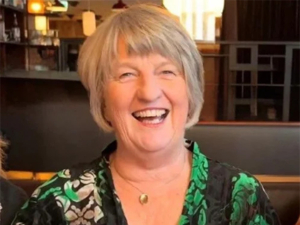An increase in the number of resident visas granted to health workers may not be enough to fill the gap in the rural sector.
A government announcement made last month that as many as 5000 migrant health workers could be granted residency under the new 2021 Resident Visa scheme was seen as something that will provide certainty.
However, some believe that the visa scheme won’t do enough to fill an already growing gap.
Dr Grant Davidson, chief executive of the New Zealand Rural General Practice Network (NZRGPN), says the visa has created an opportunity to keep current locum doctors in the country where we need them.
“Skilled people are already here; they want to stay here. The health sector desperately needs them, and we are pleased that it is now an option for them,” he told Rural News.
However, while Davidson believes the residency visa is a step forward, he believes it does not solve the issue of a vastly understaffed rural health workforce.
“Ideally, we need to train more local doctors and nurses for New Zealand,” he says. “Without enough local GPs, we rely on overseas locums to fill the gaps in our rural health workforce, and we need to be able to bring more locums in easily.”
Dr Samantha Murton, president of the Royal New Zealand College of General Practitioners (RNZCGP) says that is not as simple as that.
She says there are only two medical schools which offer courses in rural general practice: the University of Auckland and the University of Otago.
“The Otago one has a year in fifth year that you can spend in rural [areas] and that takes 20 or more students of the 200-300 students. That’s less than 10% and that’s the only way that you get a decent amount of time in general practice training during your training,” Murton told Rural News.
Another issue, raised in the Workforce Survey Data released in March this year, is that approximately 15% of doctors intend to retire in one or two years.
Murton says to answer this issue 300 or more GPs will have to be trained every year. However, she says that doesn’t guarantee the problem will be solved.
She says if there was a 50/50 gendered split among doctors – 50% male, 50% female – there would still be issues when the female doctors had children and needed to go on maternity leave.
“If you want to have a family, then as a female it’s actually your job to carry that child and to take them home and to breastfeed them, which is the ideal… if you’re male, you have a wife that’s able to do that, that’s good,” Murton told Rural News.
She says that in rural areas, female doctors with families are doing double jobs on top of what can be an already demanding workload.
“That makes it very tricky for women to feel like rural is doable when there’s not a lot of support around.”



















